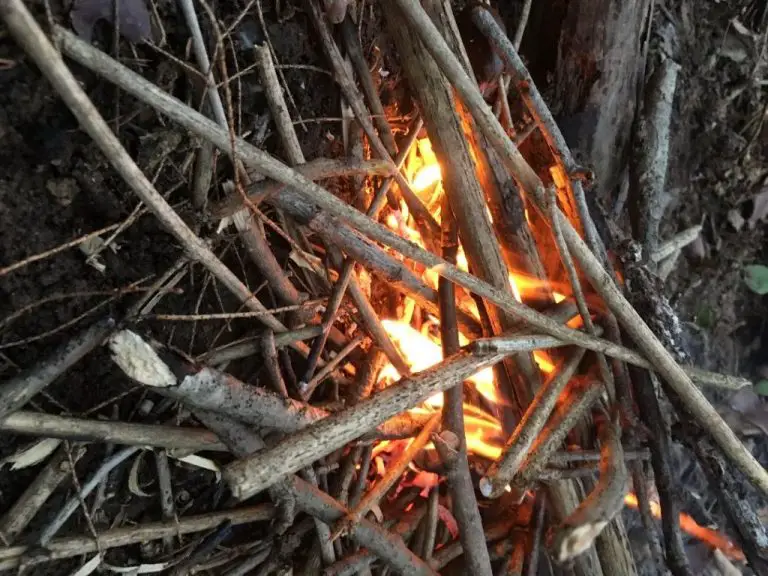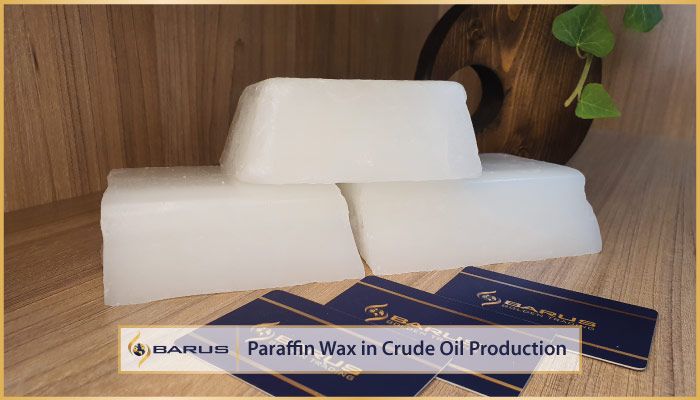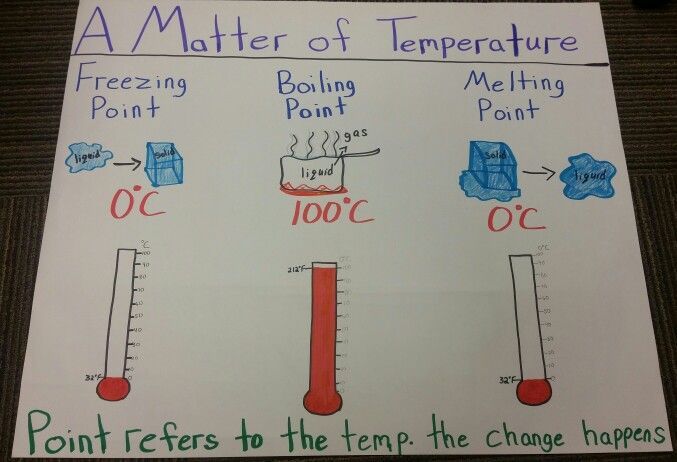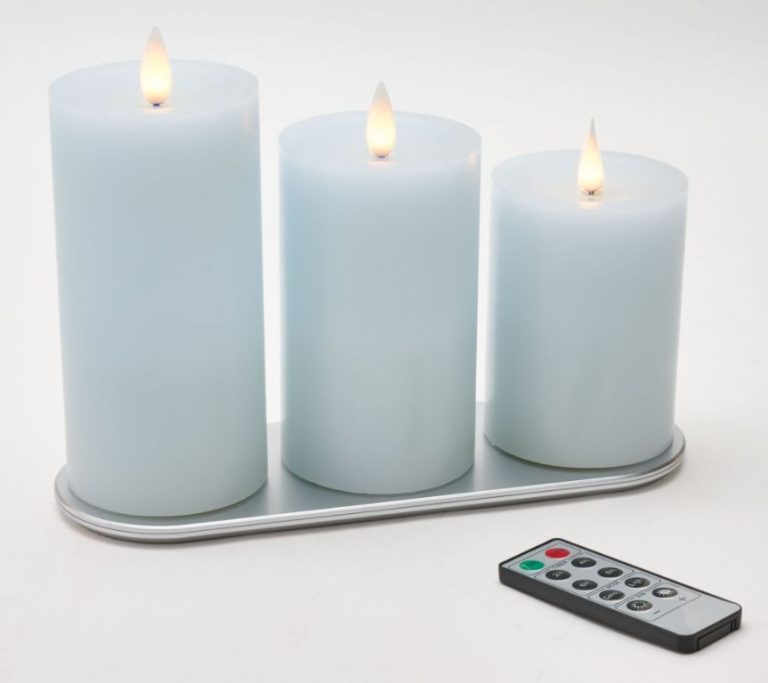How Do I Choose Wick Thickness?
Wick thickness is one of the most important factors when making candles that greatly impacts the final product. The thickness of the wick determines the size of the flame, which in turn affects burn time, wax melting, heat production, fragrance throw, and more. Selecting the right wick thickness for the type of wax, diameter of the candle, and other variables is essential for properly burning candles that meet performance and safety standards.
This guide will explain what wick thickness means, the standard sizes available, considerations for choosing thicker or thinner wicks, tips on testing wick performance, troubleshooting wick issues, and recommendations for common candle styles. Understanding how to select the optimal wick thickness will help candle makers produce high quality candles with the desired burn characteristics.
What is wick thickness?
Wick thickness refers to the diameter or width of the wick used in a candle. It is typically measured in millimeters (mm) or inches. The wick is the cord that runs through the center of the candle wax and transports melted wax to the flame through capillary action.
Thicker wicks have a larger diameter, while thinner wicks have a smaller diameter. The thickness of the wick is a key factor that determines how well a candle will burn. Wicks come in different standard thicknesses, though custom wick sizing is also possible.
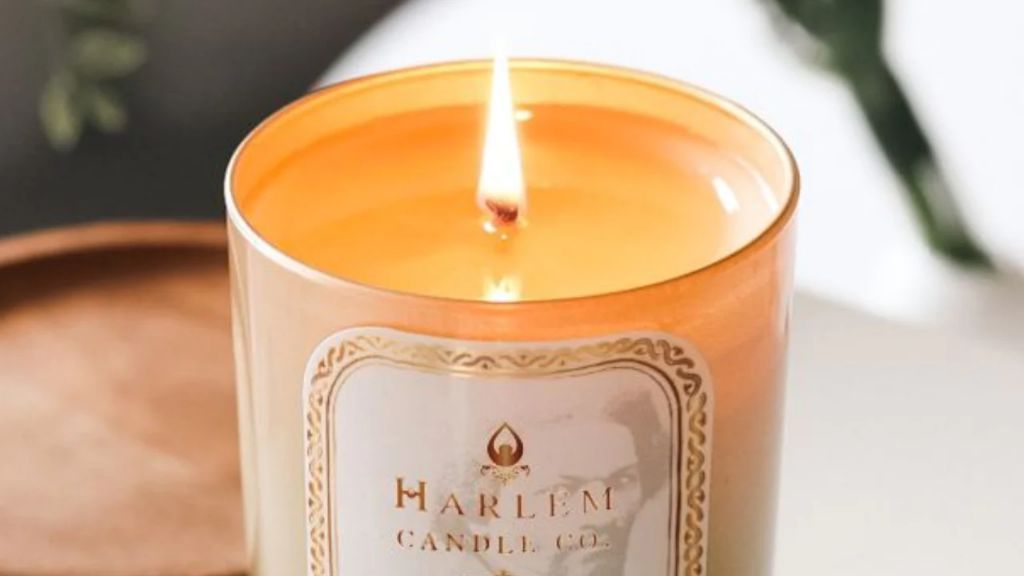
Standard wick sizes
Candle wicks typically come in standard numerical sizes to denote their thickness. The numbering system is straightforward – the higher the number, the thicker the wick. Here are some of the most common standard wick sizes:
#1 – The thinnest wick size, around 1mm thick. Best for containers with a diameter of 1-2 inches.
#2 – Slightly thicker at around 2mm. Good for candles 2-3 inches in diameter.
#3 – A mid-range wick around 3mm thick. Works for 3-4 inch diameter containers.
#4 – A thicker wick at 4mm, good for candles over 4 inches in diameter.
#6 – A very thick 6mm wick used for pillars, votives, or large containers over 6 inches.
#8 – The thickest wick at 8mm. Only used for very large pillar candles.
This numbering system allows you to easily choose an appropriate thickness just based on the size of your candle container. However, wick sizing depends on other factors too, which we’ll explore next.
Factors that determine ideal thickness
The ideal wick thickness for a candle depends on several factors related to the candle’s specifications and desired burn characteristics. Some key factors to consider include:
Candle diameter
Wider candle diameters require thicker wicks to match the greater amount of wax that needs to melt for an even burn. Thinner wicks can drown and struggle to remain upright in wide containers. As a general rule, larger candles above 3-4 inches diameter perform better with medium or thick wicks.
Wax type
Softer waxes like soy wax and vegetable blends require thicker wicks than hard, brittle waxes like paraffin or palm. The softer wax tends to bend thinner wicks over into the melted wax pool. Thicker wicks stand up better. Hard waxes can lead to rapid burning with thick wicks.
Additives
Additives like vybar and stearic acid that increase wax hardness may allow thinner wicks. Softer additives like oil or beeswax call for thicker wicks. Heavily blended waxes often need medium or thick wicks.
Fragrance load
Fragrances can soften wax, requiring thicker wicks. Heavily scented candles above 5-7% fragrance oil may benefit from wicks a size up to maintain an even burn.
Thicker Wicks
Thicker wicks are beneficial for certain types of candles. Some key advantages of using a thicker wick include:
- Better suited for larger diameter candles or containers – Thicker wicks work well in wide jars, pillars, or large votives where a thinner wick would not provide an adequate flame.
- Prevents tunneling in container candles – Thicker wicks help combat tunneling issues by providing a larger melt pool across the top of the wax.
- Needed for harder waxes – Waxes like soy, palm, or beeswax require thicker wicks to properly draw up the wax and keep the candle burning.
Thicker wicks should be used with caution in smaller candles or soft wax blends. The larger flame can create excessive heat, aroma throw, soot, or burning issues if not paired properly with the wax, fragrance load, and vessel size. Testing to find the right thickness is key.
The main limitations are that thicker wicks may smoke, release more scent, or burn too strongly for smaller candles. So they require adequate testing to balance performance versus potential issues.
Thinner Wicks
Thinner wicks have a diameter ranging from 1/16″-1/8″. They are best for candles with smaller diameter containers under 3″ across. The benefits of thinner wicks include:
- Allow wax to melt more quickly due to a smaller flame
- Create a focused, taller flame shape
- Recommended for candles with softer wax blends
- Help prevent issues like tunneling in small containers
- Allow fragrances to be dispersed more efficiently
Thinner wicks are ideal for votives, tea lights, pillars, and other small candle styles. The thinner flame helps prevent overheating the wax. Too thin of a wick may lead to the flame being extinguished easily or poor wax melting. Test different wick sizes to find the right balance for your wax type and candle dimensions.
Testing Wick Thickness
Testing different wick thicknesses is key to finding the ideal wick for your specific candle. Here are some tips for testing wick thickness:
- Start by testing the manufacturer’s recommended wick thickness for your wax and candle specs.
- Test 2-3 thinner options below the recommended thickness.
- Test 2-3 thicker options above the recommended thickness.
- For each test, burn the candle for at least 2 hours and observe the melt pool, flame height, mushrooming, and soot.
- Ideally the flame should be about 1″ high, melt pool even, no excess mushrooming, and minimal soot.
- Keep notes on performance of each wick thickness tested.
- The best thickness will produce the ideal melt pool and flame height without issues like tunneling, drowning, or sooting.
- Be patient and do multiple tests to find the optimal thickness for your wax and vessel.
Testing a range of wick sizes is the best way to zero in on the right thickness for your specific candle. Take notes during testing and adjust the thickness up or down until you find the perfect wick.
Troubleshooting issues with wick thickness
If you are noticing problems when burning your candle like tunneling, mushrooming, or smoking, adjusting the wick thickness can often fix these issues. Here are some common troubleshooting tips:
Tunneling or hollowing occurs when the wax melts faster than the wick can burn from center outward forming a tunnel. This is generally caused by the wick being too small for the diameter of the candle. Try a thicker wick size like increasing from #1 to #2.
Mushrooming happens when a large melted wax pool forms around the wick and tapers inwards rather than outwards. This is typically from too large of a wick. Switch to a thinner wick to prevent excess melting.
Smoking or sooting results in black smoke and carbon buildup on the wick and inside the jar. A wick that is too wide can cause this. Try a thinner wick option to reduce excess burning and improve melt pool diameter.
If the melt pool is too narrow with unmelted wax around the edges, a thicker wick will help increase melt pool width and burn more wax. For wide pools with complete melt, size down the wick thickness.
Observe how your candle burns and makes any adjustments needed to the wick size to optimize the melt pool and minimize issues like tunneling, mushrooming, or smoking.
Wick Thickness for Common Candle Types
The ideal wick thickness can vary depending on the type of candle you are making. Here are some general guidelines for wick sizing for common candle styles:
Container Candles
For candles in glass or tin containers, medium wick sizes between #1 and #2 are often best. #1 wicks are good for containers 2-3 inches wide, while #2 wicks work for 3-4 inch containers. Go up to #3 wicks for extra large jars over 4 inches.
Pillar Candles
Pillar candles do well with slightly larger wicks between #2 and #4. #2 wicks are ideal for pillars 2-3 inches wide. Move up to #3 wicks for 3-4 inch pillars, and #4 wicks for extra large pillar candles over 4 inches diameter.
Votives and Tealights
Use thinner wicks for votive and tealight candles, typically #0 or #1 wicks. #0 wicks are best for standard 1-inch votives and small tealight containers. Upgrade to #1 wicks for larger 2-inch votives or hurricane votives.
Tapers
Look for thinner wick sizes like #1 or #2 for taper candles. #1 wicks work well for standard tapers. Go up to #2 wicks if making extra wide or large diameter tapers.
Testing different wick sizes in your specific wax and container is the best way to determine the ideal thickness. But these general guidelines provide a good starting point for choosing wicks based on common candle styles.
Conclusion
When choosing wick thickness for candle making, there are a few key factors to consider. The wax type, container size, and desired burn characteristics will determine the ideal wick size. While there are general guidelines, testing different wick sizes is the best way to dial in the perfect thickness for your needs.
In summary, thicker wicks typically work best for larger candles and harder waxes that need more heat to pool properly. Thinner wicks help prevent issues like sooting and tunneling in smaller containers and softer wax blends. Finding the right balance through testing will result in a candle with a strong scent throw, full wax pool, and clean burn.
Some final tips: watch out for clogging or drowning with wicks that are too large, and consider using a sustainably sourced, high quality wick like cotton or wood. With the right testing and adjustments, you can discover the perfect wick to match your wax, fragrance, and candle design.

